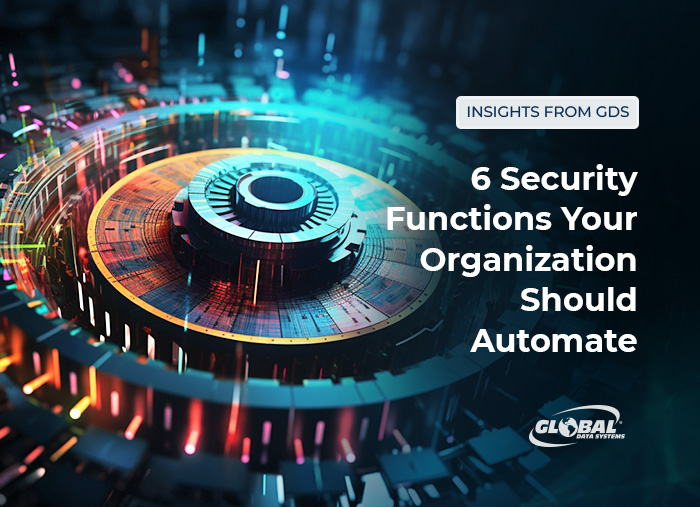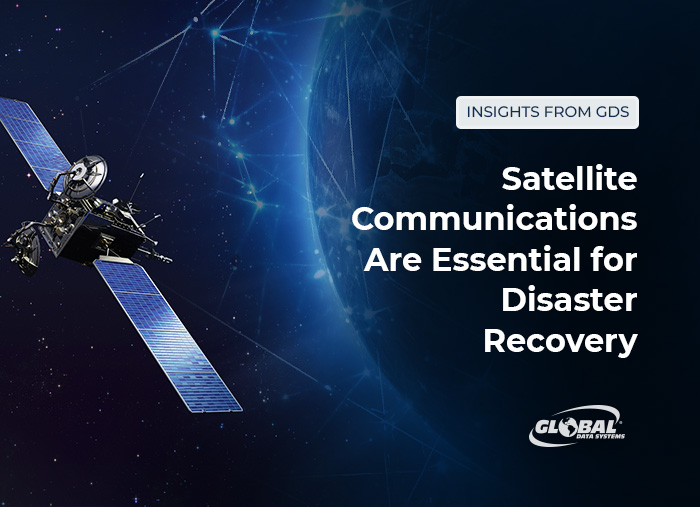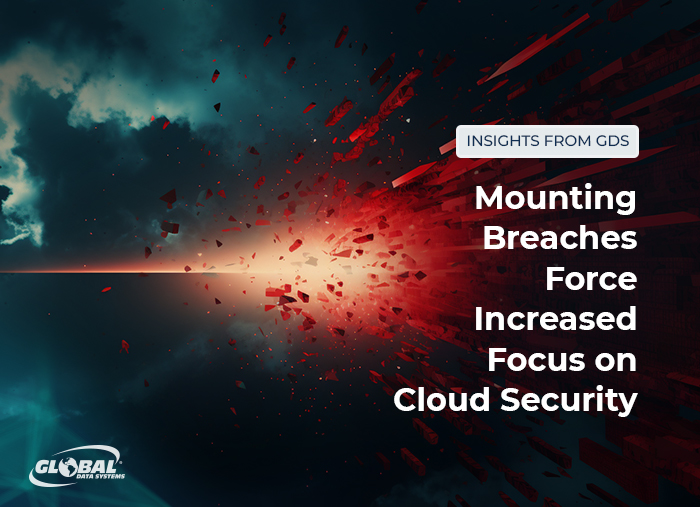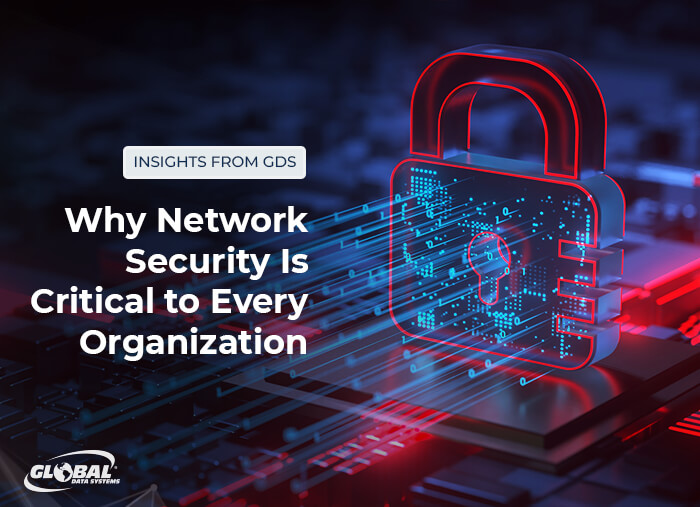Manual security processes are no longer sufficient for dealing with the growing volume of sophisticated cyber threats across increasingly complex IT environments. With an estimated 560,000 new pieces of malware detected each day and a cyberattack occurring every 39 seconds, security automation has become a necessity.
Research consistently shows that about 80 percent of all confirmed breaches are related to stolen, weak or compromised passwords. Password management solutions offer a simple and effective way to secure credentials by eliminating the burden on users to create, type, change and remember dozens of different passwords.
Disaster planning presents organizations with a difficult paradox. Reliable communication is essential for maintaining contact with staff, customers and business partners in the aftermath of a catastrophic event. However, effective communication is usually among the first casualties when disaster strikes.
During the first nine months of 2023, the U.S. experienced 24 natural disasters with damages exceeding $1 billion each — the most since the National Oceanic and Atmospheric Administration began tracking such events in 1980. The numbers reflect a troubling trend, with eight of the 10 worst years for billion-dollar disasters occurring in the past decade.
Businesses need technology, but not many need to own it. That’s the beauty of the Infrastructure-as-a-Service (IaaS) model — it enables companies to access the robust technologies they need without taking on any of the capital costs, maintenance expenses or obsolescence risks that are part and parcel of in-house IT infrastructure.
Although more people have returned to the office with the easing of COVID-19 restrictions, the U.S. Bureau of Labor Statistics reports that a third of employed people still do some or all of their work from home. As a result, malicious actors continue to exploit home office security shortcomings.
Help Wanted: Seeking IT administrators, developers, engineers and analysts. Six-figure salary with bonuses, paid vacation and sick leave. No formal education required. Highly flexible work environment — work remotely with no dress code and no set schedule. Note: Duties may involve illegal activities such as coding malware, stealing data or launching ransomware attacks.
Cloud computing has changed how organizations access applications, data and IT resources, but it also introduces significant security risks. With more than three-quarters of businesses experiencing a cloud data breach in 2022, improving cloud security has become an operational imperative for organizations across all industry verticals.
In a recent global survey conducted by Dimensional Research, 95% of IT decision-makers reported that their companies have disaster recovery plans. However, only 24% said their plans are up-to-date, well-documented and tested often. Having a plan without disaster recovery testing is a recipe for … well … disaster!
Email has been an essential communication channel for more than 50 years, and that’s not likely to change anytime soon. Despite the proliferation of alternative messaging platforms, global email volumes continue to rise each year. Nearly 350 billion emails are sent and received every day.
The division of labor has been a core principle of economic theory for more than two centuries. Organizations can increase productivity and efficiency by dividing complex jobs into smaller, more specialized tasks. A downside of this model is that it can encourage a “not-my-job” mindset. Individuals often decline to take responsibility for tasks or duties that aren’t explicitly outlined in their job descriptions.
Official approval of the seventh-generation Wi-Fi standard may be more than a year away. However, many organizations are already laying the groundwork for an upgrade. According to a survey by the Wireless Broadband Alliance (WBA), more than one-third of service providers, technology vendors and enterprise organizations plan to begin deploying new Wi-Fi 7 gear by the end of this year.
An early August ransomware attack against a California-based network of healthcare organizations forced hospitals across four states to close their emergency rooms, divert patients to other facilities and take their computer systems offline. The attack on Prospect Medical Holdings is the latest in a concerning escalation of attacks on healthcare and other critical infrastructure sectors.
Global spending on IT security and services will exceed $200 billion this year, with the average organization now devoting more than 20 percent of its IT budget to cybersecurity. However, in their efforts to guard against sophisticated, new threats, too many organizations are neglecting to shore up old, existing vulnerabilities.
No one wants to contemplate a workplace emergency, but illness, injury or even violence can happen at any time. In an emergency, everyone knows to call 911. However, the multiline telephone systems (MLTSs) used in many organizations can make it difficult to get help quickly.
In our last post, we discussed some of the FCC regulations that impact Voice over IP (VoIP) providers. Specifically, providers must pay into the Universal Services Fund (USF) and meet FCC reporting requirements. Some providers that resell VoIP and unified communications (UC) services don’t realize their responsibilities. They face the risk of an FCC audit, which puts their customers at risk of rate increases or service disruptions.
Studies show that more than two-thirds of businesses use an Internet-based voice service such as Voice over IP (VoIP) or unified communications (UC). That number continues to increase. According to Global Market Insights, the VoIP market is expected to see a compound annual growth rate of 10 percent through 2032.
Construction is among the world’s oldest human activities, dating to the Stone Age when our earliest ancestors used stones, wooden poles, straw and animal skins to build shelters. However, 21st-century construction is a decidedly high-tech endeavor.
It’s estimated that more than 90 percent of U.S. businesses use social media to build brand awareness, engage with customers, conduct market research, and increase sales. Naturally, hackers have taken notice.
There’s one sure way to protect computer systems from cyberattacks — disconnect them from the network. Of course, that’s not feasible. Network connectivity is essential to business communications and operational processes.
Malicious software, or malware, is a scourge for computer systems everywhere. Analysts say there are more than 1 billion of these programs in the wild, infecting systems, stealing data and money, corrupting files, compromising identities and more.
A marked reduction in ransomware attacks last year seemed to signal that security teams and law enforcement officials had turned the tide against their cyber adversaries. That optimism was premature. The first half of 2023 has seen record numbers of ransomware attacks featuring much larger ransom demands, shifting data targets, and frequent use of double- and triple-extortion tactics.
The use of renewable biological resources to produce goods, services and energy has become an economic powerhouse. It has created a “bioeconomy” valued at more than $1 trillion and predicted to grow to more than $30 trillion over the next two decades. To accommodate expansion of their operations, bioresources companies are directing technology investments toward improving their cloud and network connectivity capabilities.
Malicious actors have weaponized artificial intelligence to launch attacks with unprecedented scale and frequency. In response, more organizations are fighting fire with fire by leveraging AI and machine learning (ML) to enhance their detection, prevention and response capabilities.
The Internet facilitates a great deal of business activity around the world by enabling communication and data exchange across network boundaries, effectively creating a global marketplace. However, transmitting sensitive information across the public Internet always carries a risk of exposure, which is why most organizations rely upon virtual private networks (VPNs) to create secure connections.
The firewall is an essential first line of network defense, filtering traffic and blocking malicious outsiders from gaining access to your critical systems. Businesses today commonly use multiple firewalls to create a system of protected network segments with varying security needs. In this post, we’ll take a brief look at five primary types of firewalls and the three main implementation models.


























